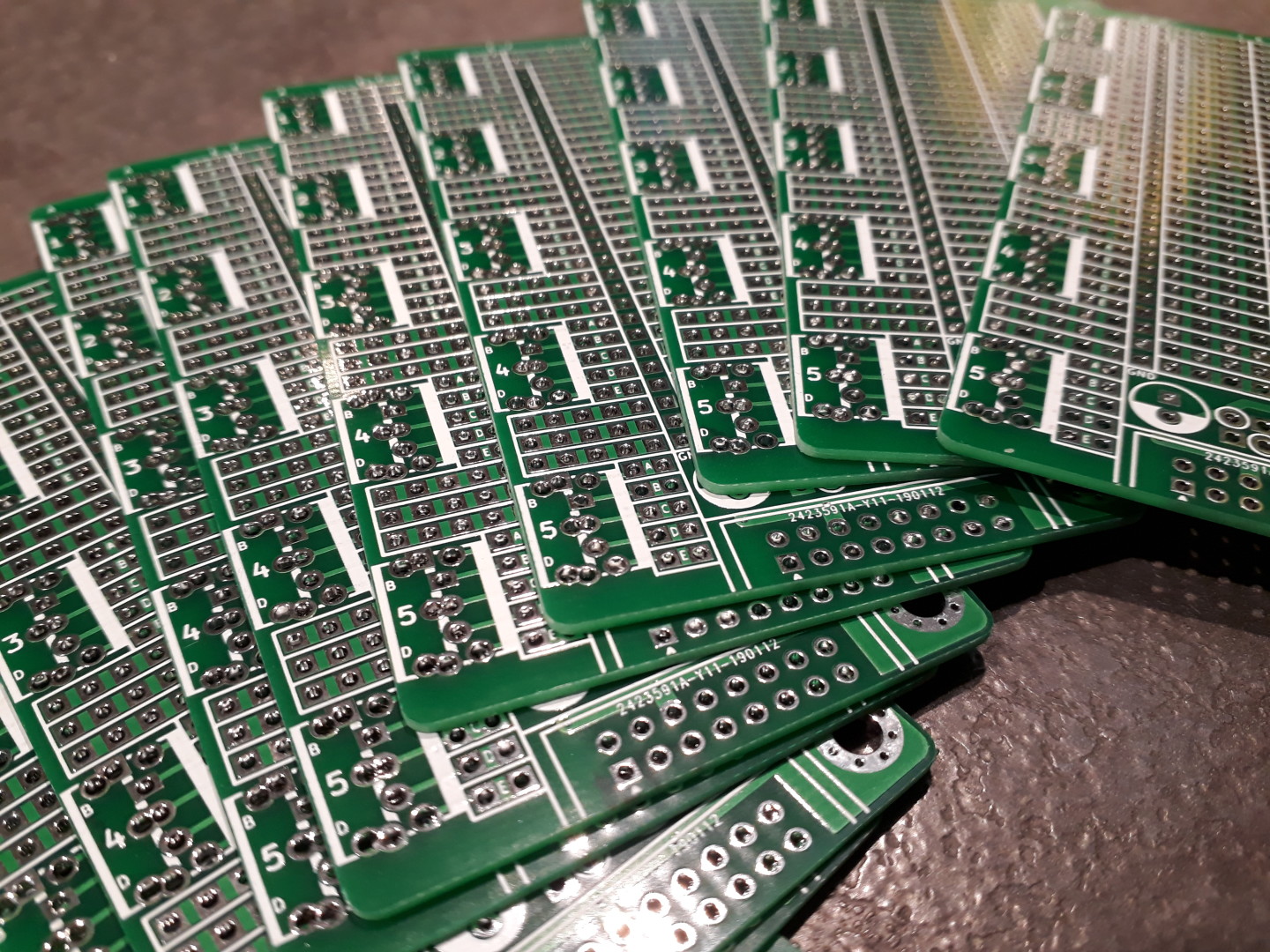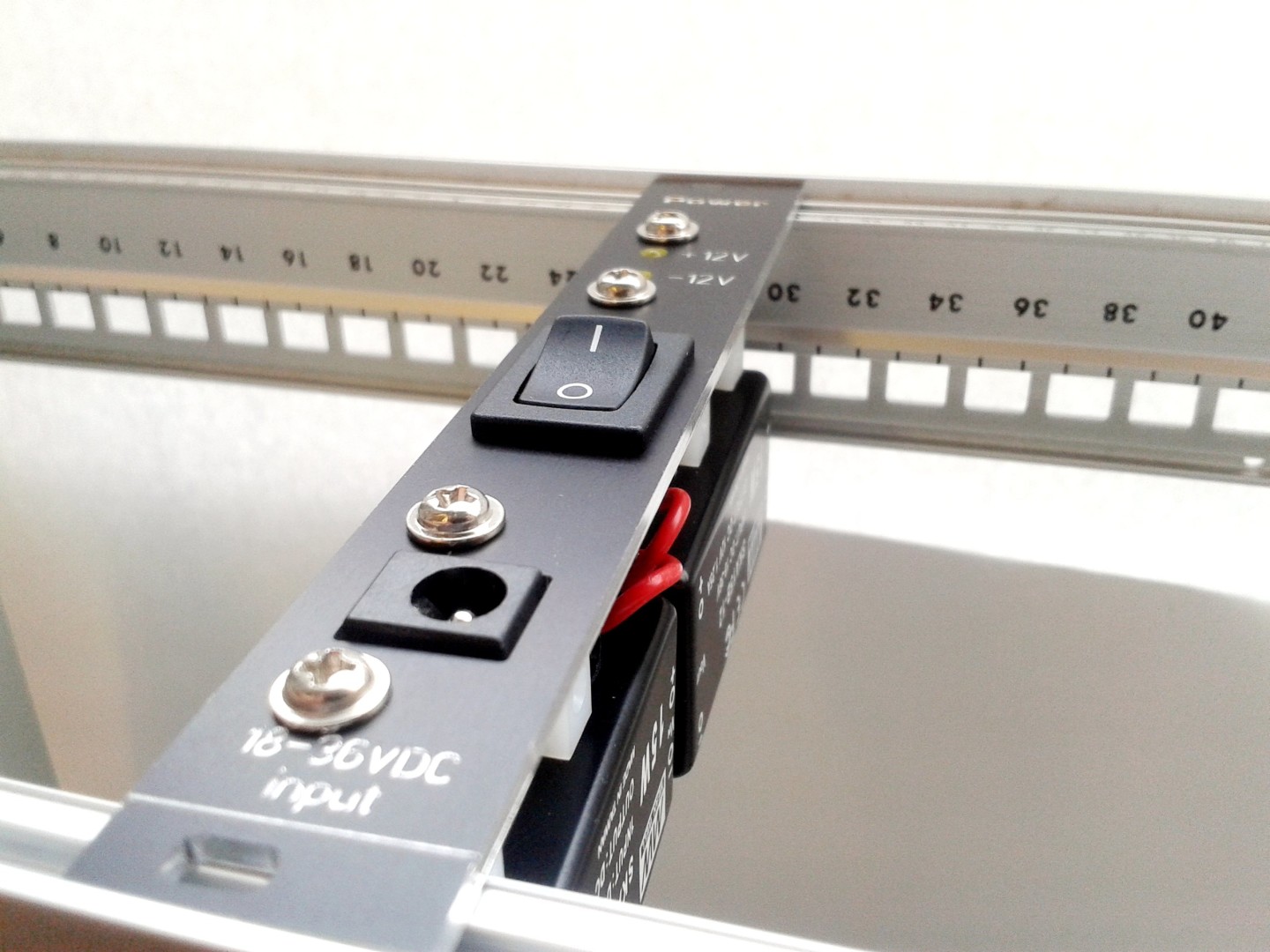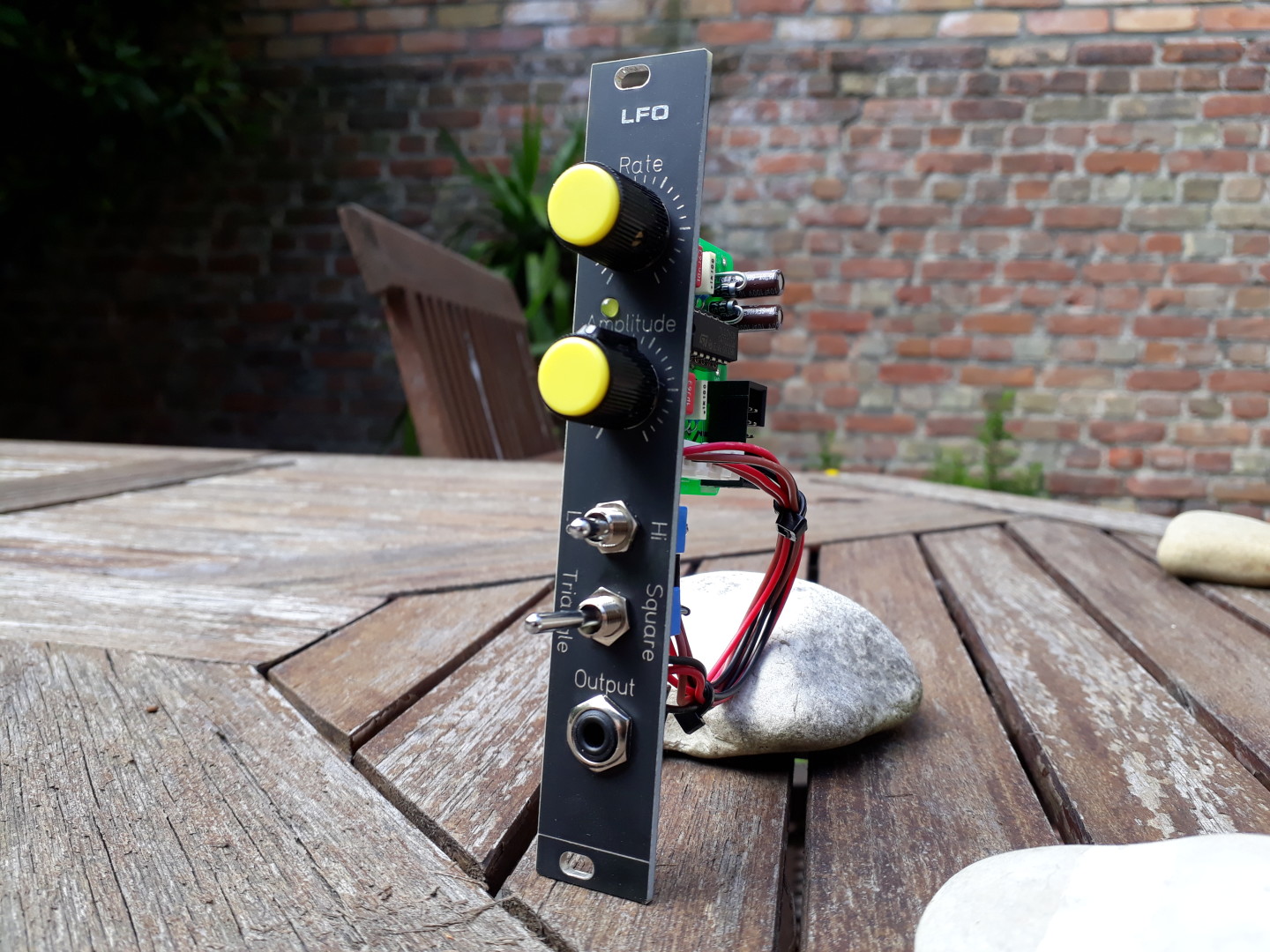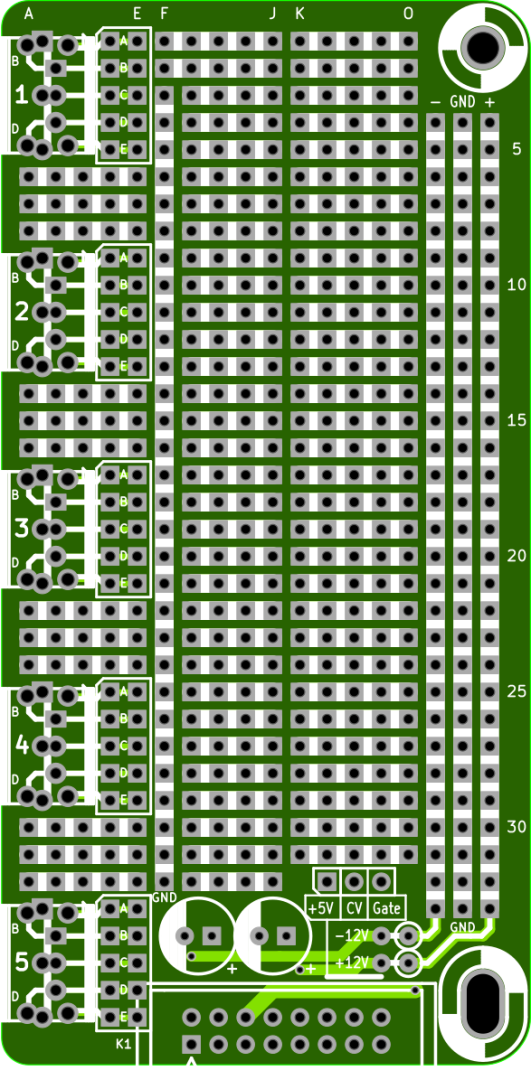The Eurorack Stripboards are back in stock. You can find them at Tindie, at Thonk, at Synthcube and now at Elecrow.
Tag Archives: Tindie
Eurorack Switched Mode Power Supply (SMPS)
The Eurorack SMPS is the most powerful power supply I designed.
Simple LFO 1.3
I released a new update of the Simple LFO, now in version 1.3.
The update is mostly about how the LED blinks.
Eurorack Compact Power Bus – version 1.1b B(L)ACK in stock
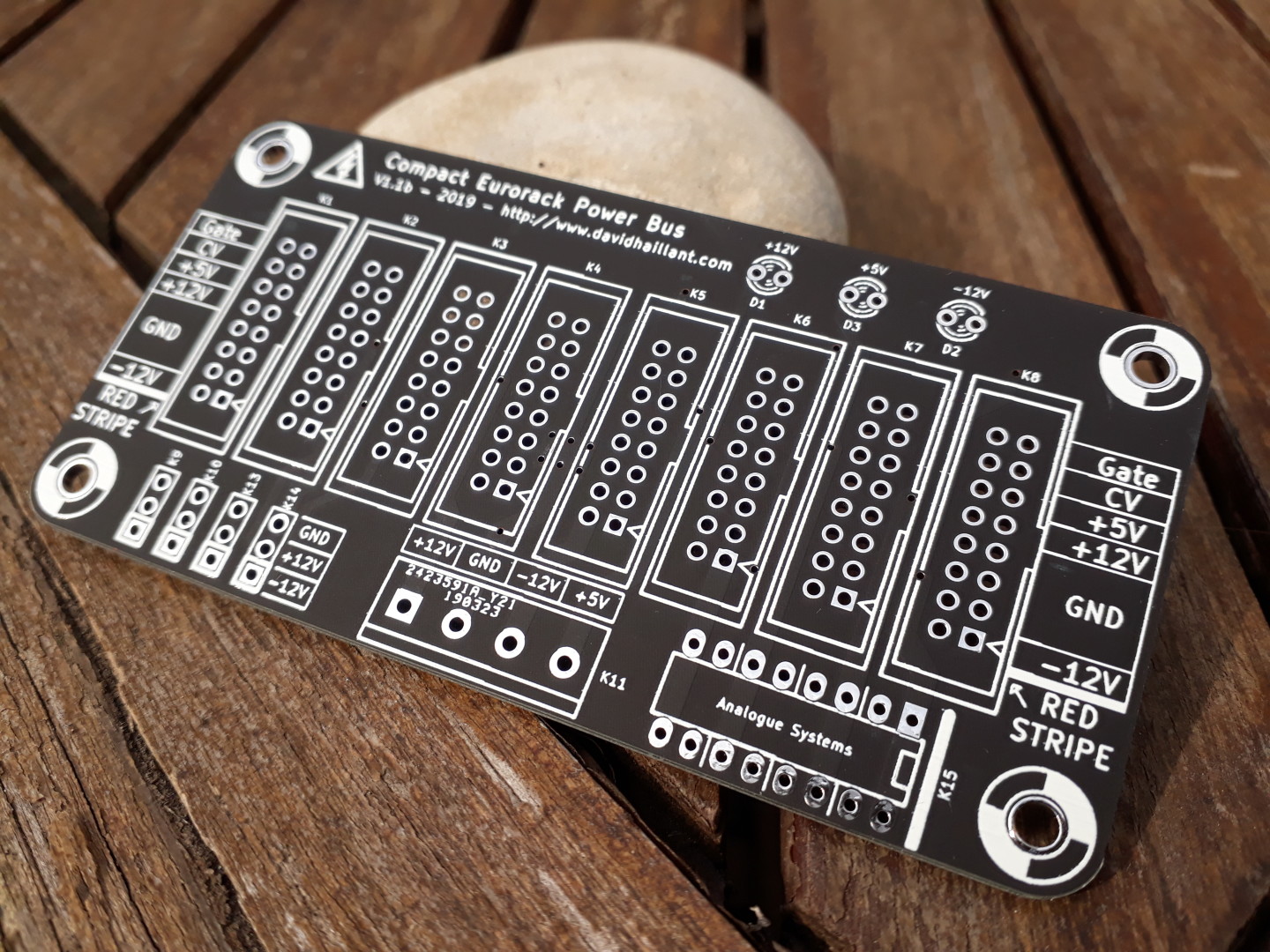
New revision for the Eurorack Compact Power Bus!
Continue reading Eurorack Compact Power Bus – version 1.1b B(L)ACK in stock
606BD – TR-606 Bass Drum clone
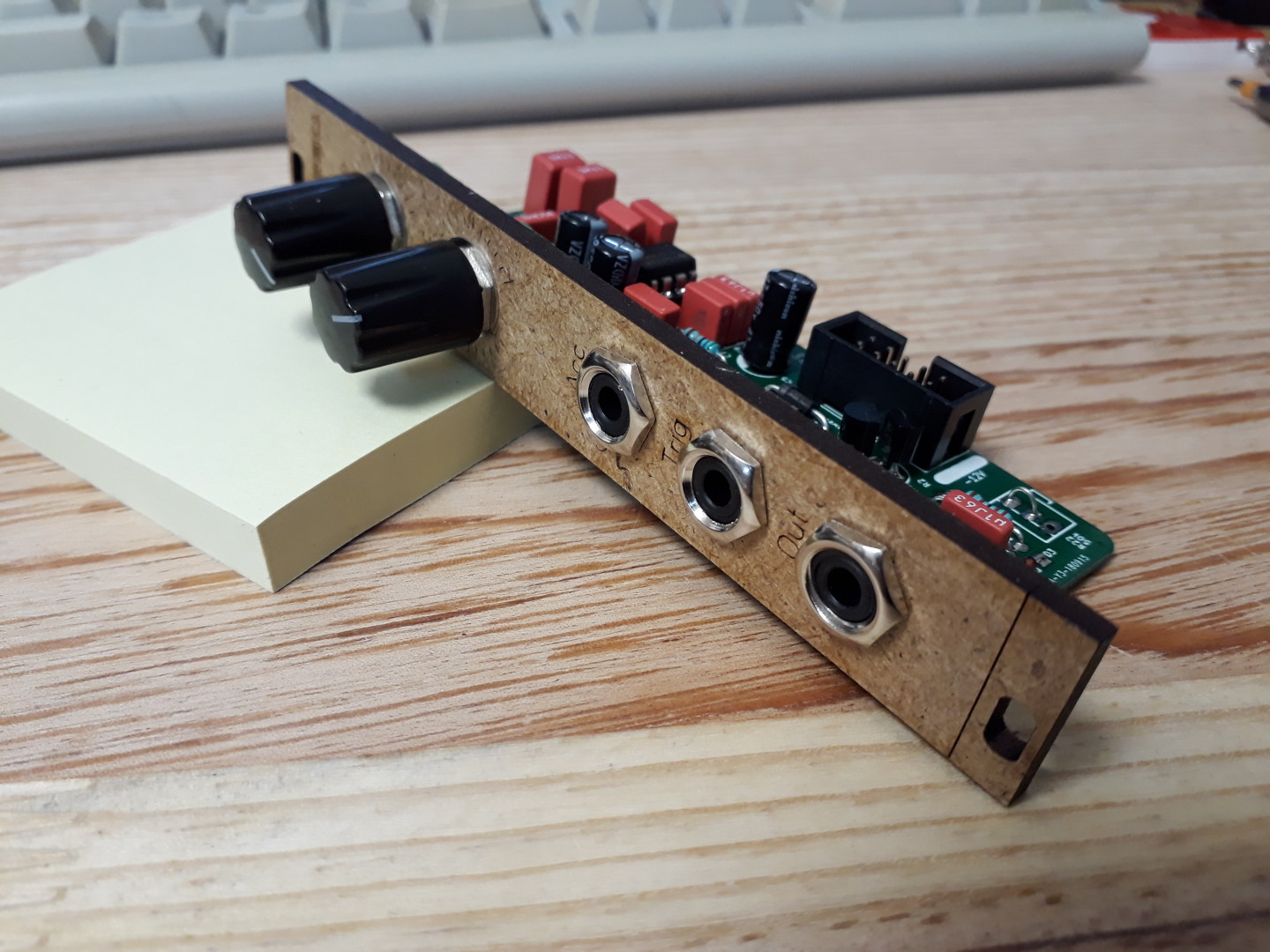
I made a simple clone of the Bass Drum section of the classic TR606 Drum Synth!
Continue reading 606BD – TR-606 Bass Drum clone
Compact Eurorack Power Bus Version 1.1
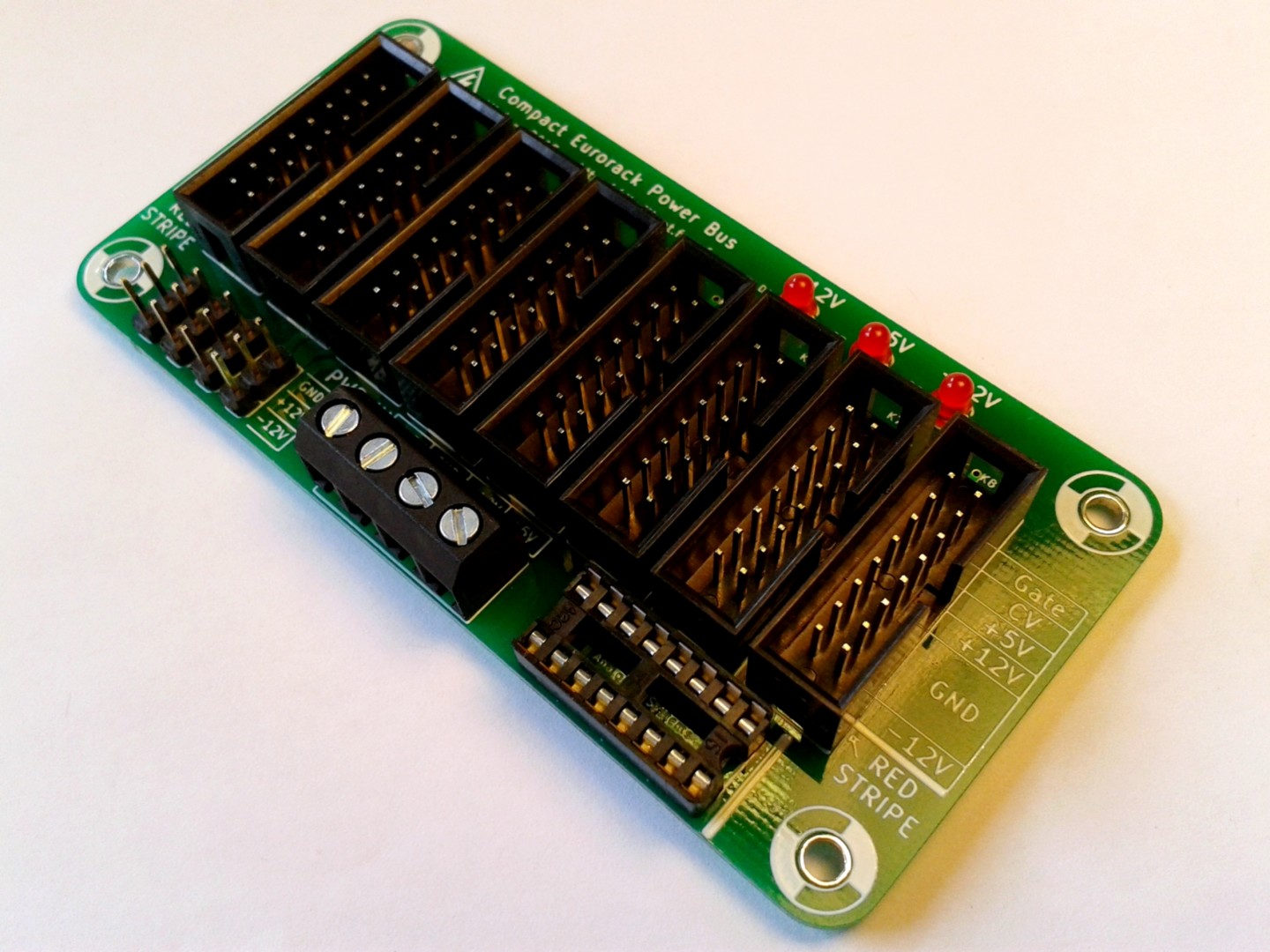
It is time for an update of the Compact Eurorack Power Bus! This is version 1.1!
Eurorack Stripboard 1.2
Eurorack Stripboard
I always need to have, in my drawers, a quick and easy way to assemble and prototype small synth modules.
I think this the most convenient way to build a simple module. You just use it as a standard stripboard PCB but with neat additions.
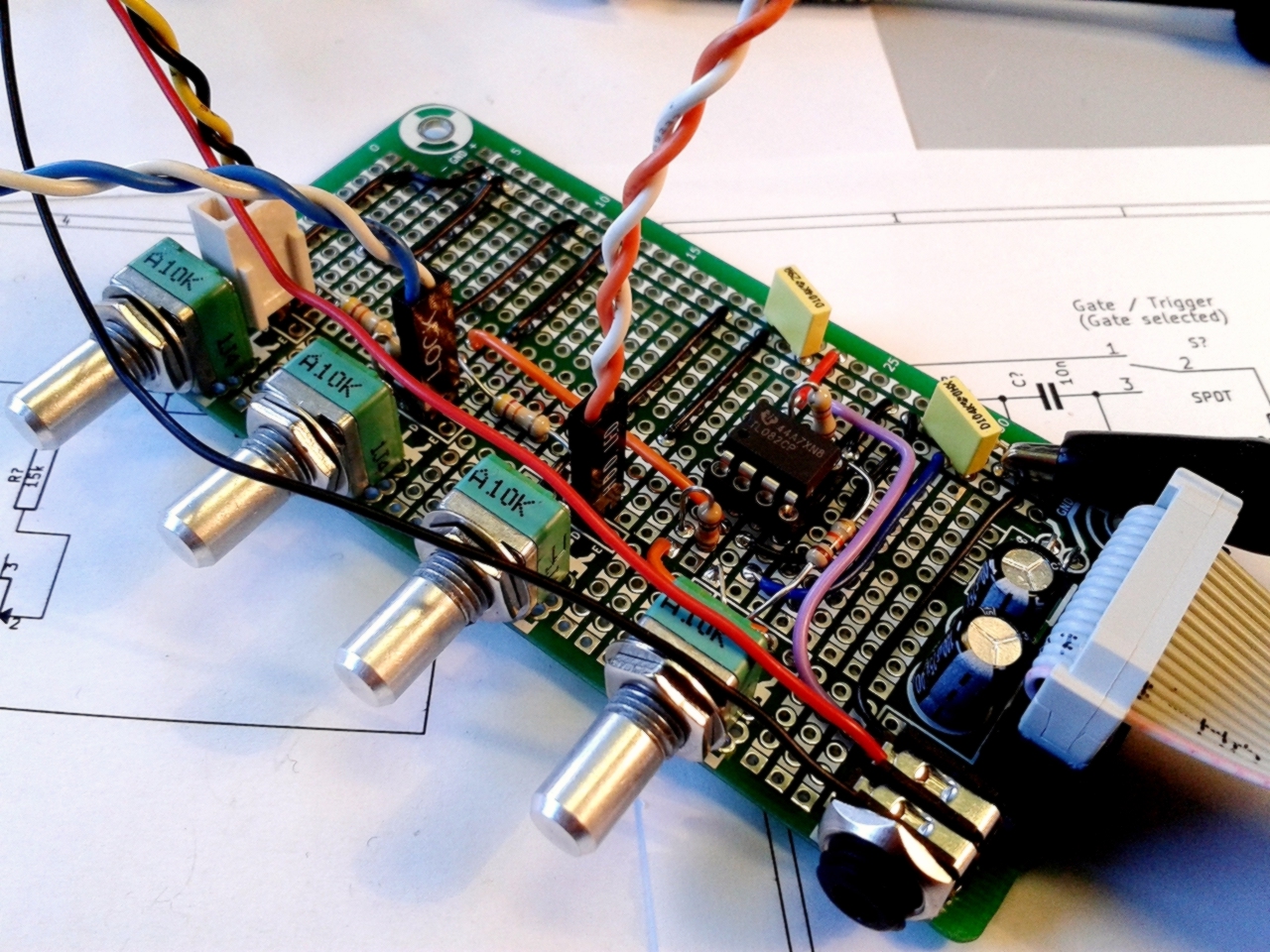
Continue reading Eurorack Stripboard
Simple LFO update 1.1
New revision for the Simple LFO. It’s mostly a slight improvement of the output stage.
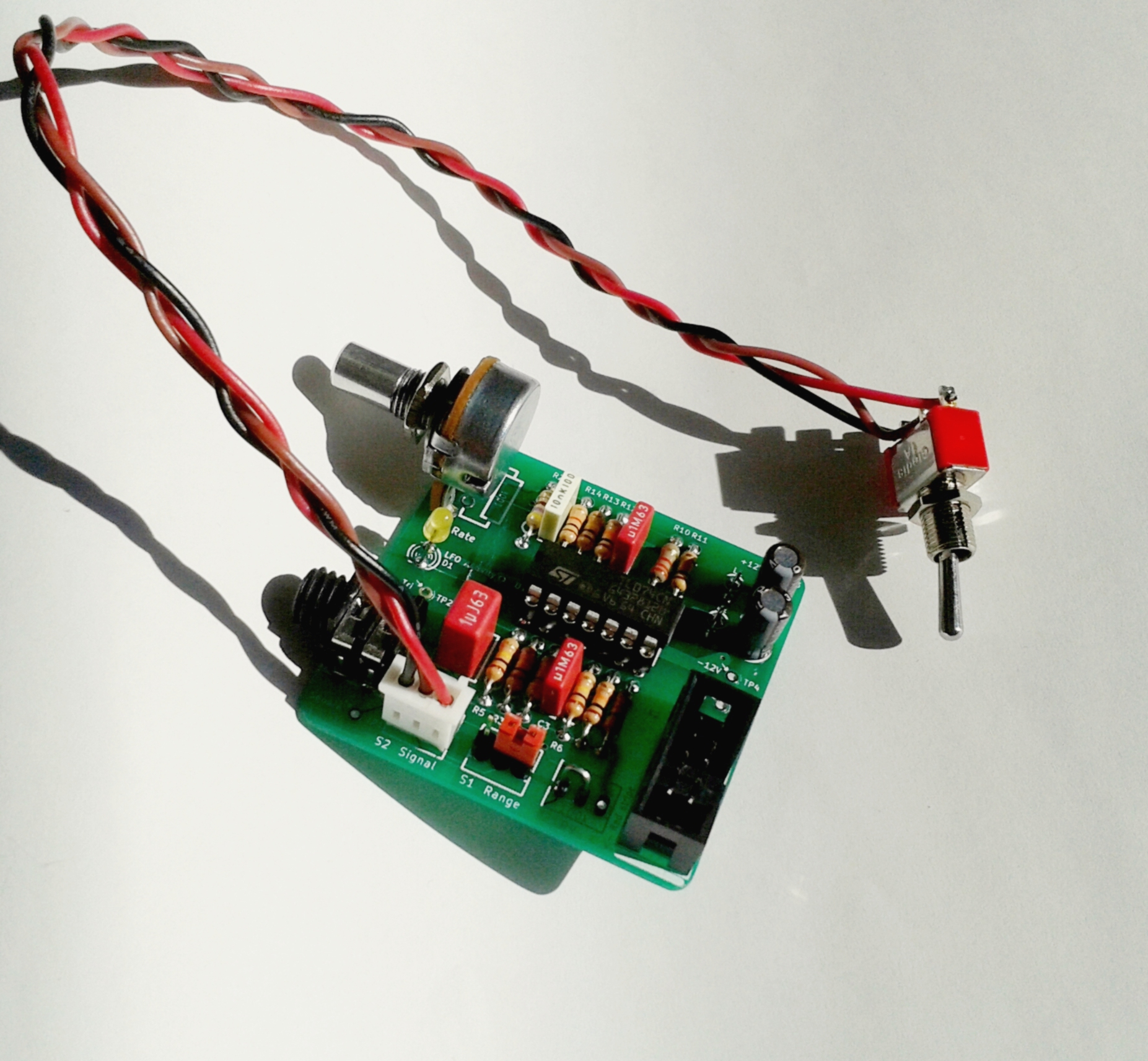
I added an buffering opamp on the output. Now, the output load doesn’t affect and modify anymore the signal frequency.
Continue reading Simple LFO update 1.1
Eurorack Power Bus – 14 Connectors
After my first Compact Power Bus, I decided to go bigger and I designed a 14 connector Eurorack Power Bus.
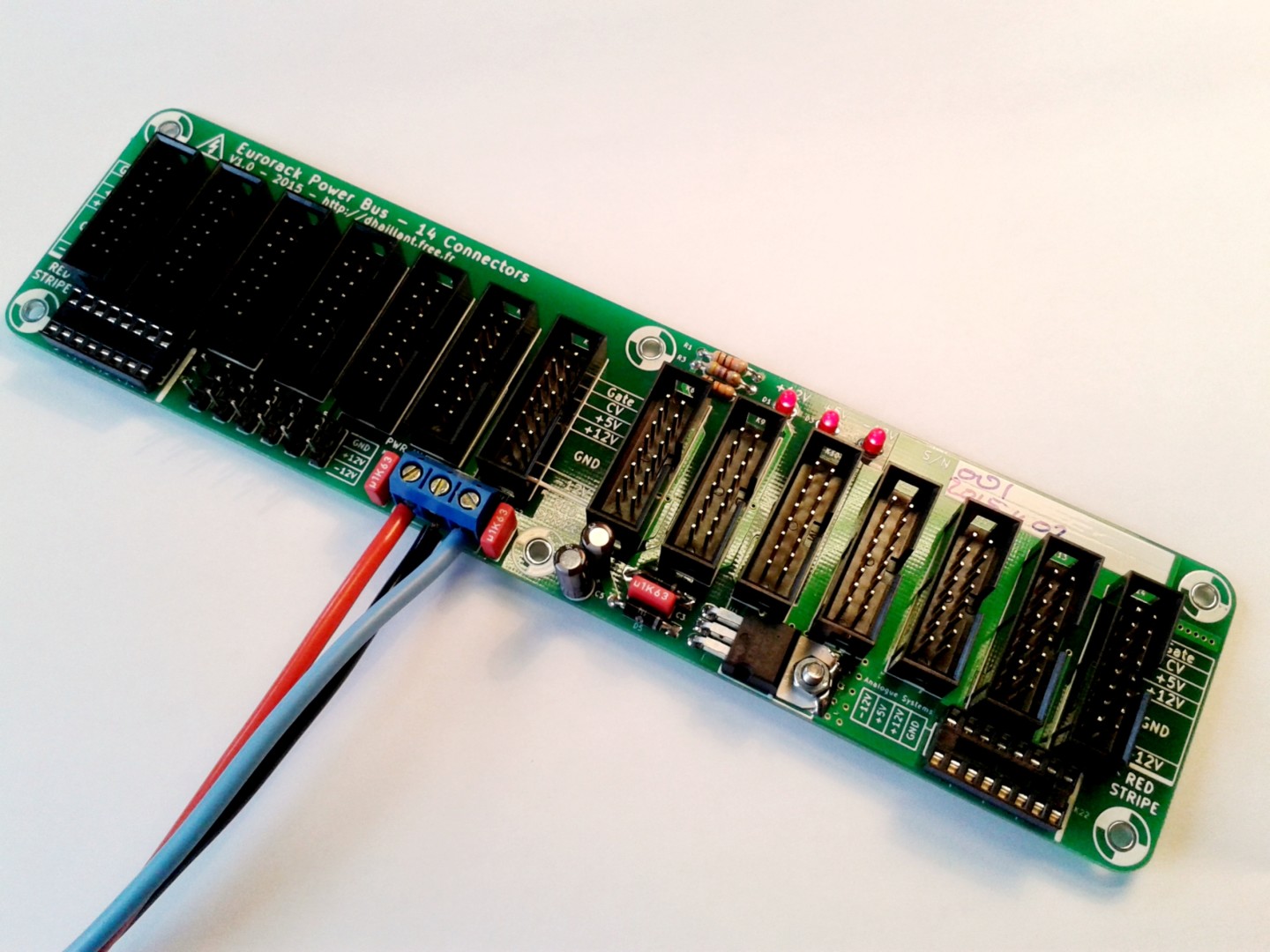
Continue reading Eurorack Power Bus – 14 Connectors
